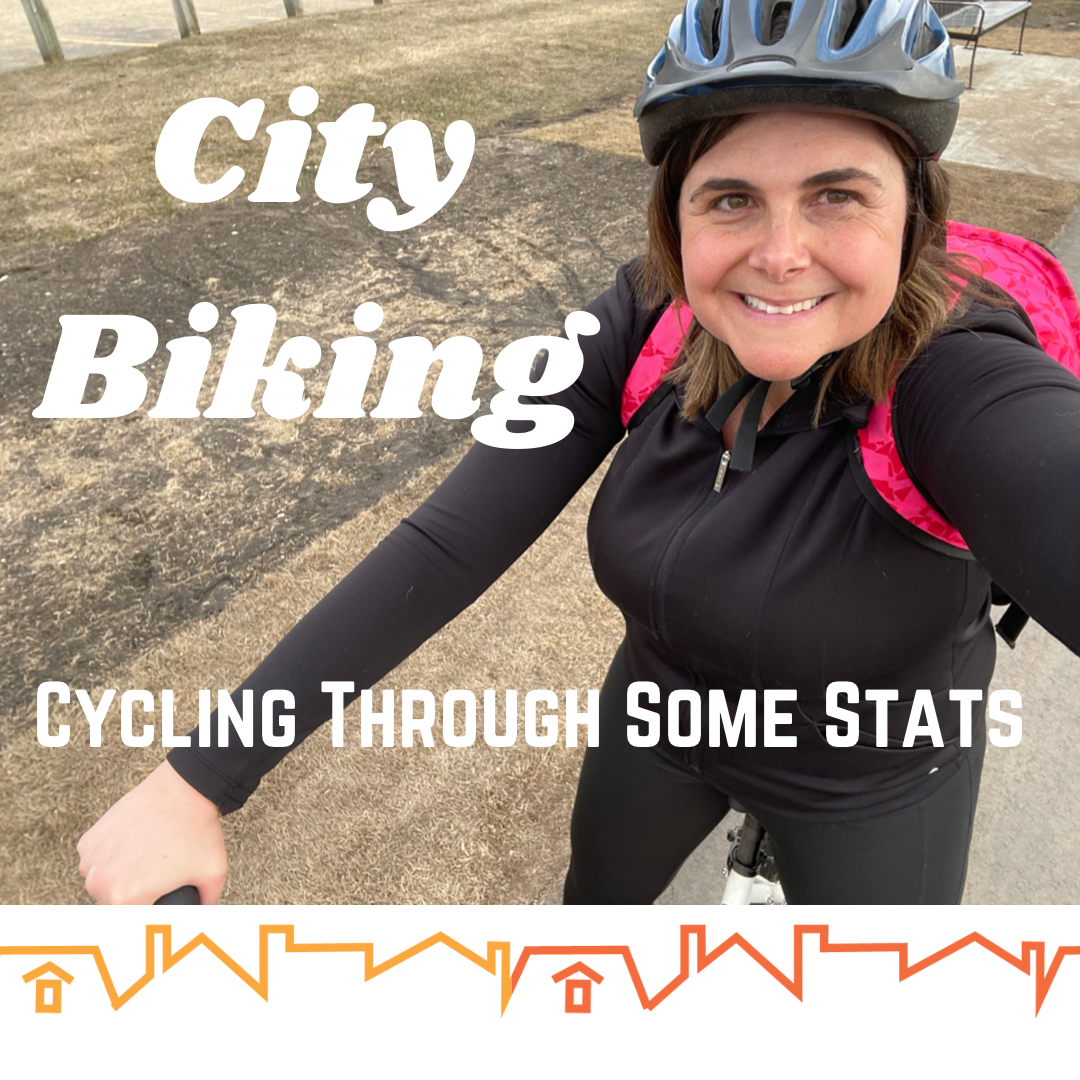City Biking: Cycling Through Some Stats
With the weather conditions improving, more people (including me!) are getting out and choosing active modes of transportation. I’ve long been a supporter of using many modes to get around Edmonton. People should be able to get to their various destinations in an efficient, accessible and safe manner no matter by public transit, walking, rolling, or in a vehicle.
Let’s zone in on something that comes up often in discussions - the cost of bike lanes and shared use paths!
We often hear “Edmonton is a car city”. Although this is changing according to new data. The most recent household travel survey showed that cycling was the fastest growing mode of transportation, more than doubling from 25,300 to 54,800 daily bike trips between 2005 and 2015! AND this data was collected before protected bike lanes were built in the central area and other updates and connections to our active modes network. Local counts also showed that the number of bike trips made downtown increased from 2,796 trips daily in June 2017 to 6,501 trips daily in June 2018 after the downtown bike network was completed.
Here’s some data on the average cost/km for active mode infrastructure compared to the cost/km for roadways based on standard design specifications and historical costs for materials, labour, and equipment:
2 lane vehicle roadway - $2.9 million/km
2 lane (bi-directional) Bike Lane - $0.8 million/km
1.8m wide concrete sidewalks - $0.5 million/km
3.0m wide asphalt shared pathway - $0.5 million/km
This demonstrates, in addition to the health and environmental benefits of active transportation, there are cost benefits as well.
What do you think of these stats? What should we consider as we build a city for all modes of transportation? How do you get around?
You can find out more information about cycling in Edmonton on the City’s website.

